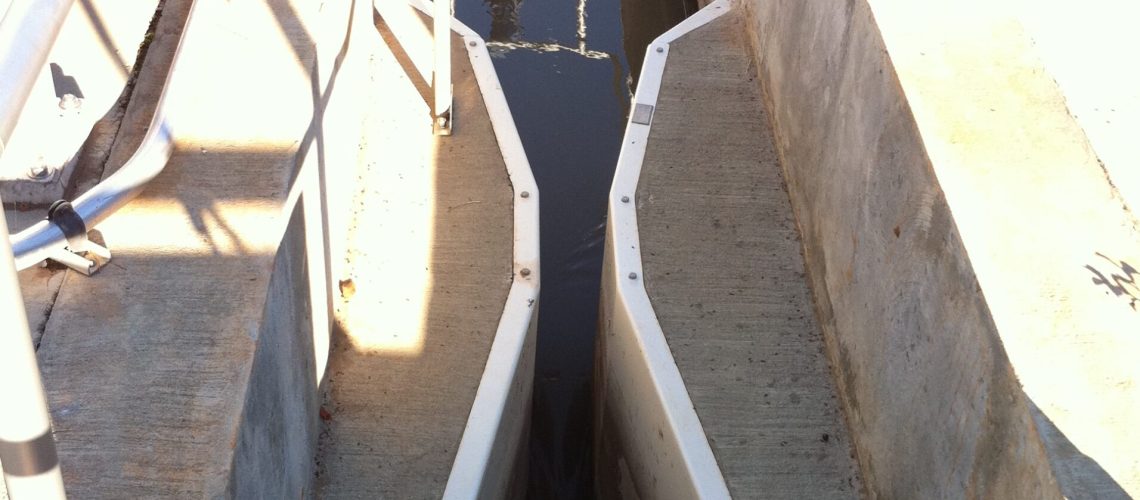When you have a Parshall flume, one of the most important factors is being able to recognize the difference between free flows and submergence. While the difference may be obvious if the entire flume is submerged, you still need to know how to accurately detect it and account for it. Learn all about free vs. submerged flows in Parshall flumes, and discover how you can handle submergence with your flume.
Free Flow Conditions
Most Parshall flumes operate under free flow conditions all the time. These are the conditions the flume was originally designed for and don’t require adjustments to equations for flow rate measurement. Under these conditions, you only need the primary point of measurement, which can be found in the inlet upstream of the throat.
Free flow conditions occur when the flow going through the flume is able to freely exit at the end and continue on along the channel. There isn’t a backwater buildup to worry about here. A sign of these conditions is the hydraulic jump, which occurs when the supercritical flow coming out of the flume meets the subcritical flow downstream.
Submerged Flow Conditions
If your flume is submerged, you’ll have problems downstream. Submergence occurs when the flow exiting the flume can’t transfer properly to the downstream channel. As a result, it backs up into the flume itself. This backwater effect can get bad enough that the entire flume eventually becomes underwater.
A flume that’s underwater is obviously under submerged flow conditions, but it doesn’t have to be entirely underwater to qualify. There are degrees of intensity to consider. When you are dealing with a submerged flow, you’ll have to take two points of measurement, which are the primary head and the secondary point, which is downstream of the flume.
Dealing With Submergence
When your flow is submerged, you can still get accurate flow rate measurements in a lot of cases. You can find the secondary point of measurement and implement that into the equations that account for submergence, but it’s generally better to try to get rid of the issue altogether than work around it.
Depending on your flow channel conditions, it may be possible to fix the submergence issue quite easily. You can adjust the hydraulics of the flow downstream or raise the flume itself. Installing a false floor is another common solution. Just remember that free flow discharge is always easier to deal with than accounting for submergence, so be sure to address the issue directly if possible.
Parshall Flumes From Tracom
Now that you know the essentials of free vs. submerged flows in Parshall flumes, you’re ready to get one of your own. At Tracom, we offer a wide variety of Parshall flumes to choose from. You can also work with our design team on a completely customized solution to your unique flow channel conditions. Contact us today to get started, and discover how you can get the setup and installation correct to never have to worry about submergence.


